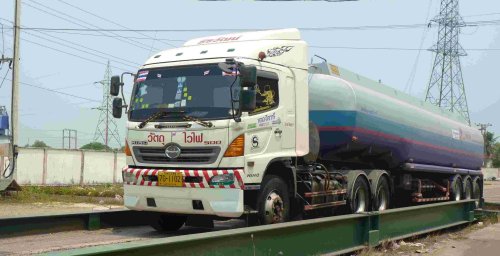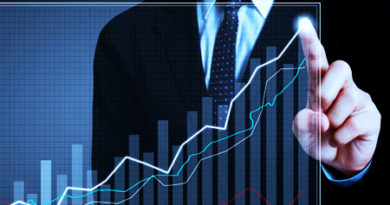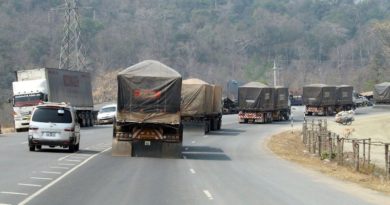Greener Trade and Investment is Key to the Future of Laos: ADB
Source: Vientiane Times
Greener trade and investment is crucial to tackling climate change in Asia and the Pacific, including Laos, and will require regional governments to work together more closely, according to a new report by the Asian Development Bank (ADB).
The Asian Economic Integration Report (AEIR) 2023 stated that although trade and investment have fuelled remarkable economic growth in Asia in recent decades, they have also led to large increases in carbon dioxide emissions in the region, which is more vulnerable to the effects of climate change than any other.
Reversing this trend will require measures such as promoting trade in environmental goods and services, nurturing green businesses, developing carbon pricing mechanisms, and strengthening regional cooperation through trade and investment agreements, according to the report.

“As a land-locked country relying on trade and investment, while at the same time being among the most vulnerable to the consequences of climate change, greener trade, and investment is key to the future of Laos,” said Sonomi Tanaka, the ADB Country Director for Laos.
“Many market participants involved in trade and investment are interested in tapping green finance opportunities, and it is important that Laos’ regulatory bodies ensure a supportive regulatory environment for attracting green opportunities.”
ADB Chief Economist Albert Park said, “Asia and the Pacific’s remarkable growth has lifted millions of people out of poverty, but this has come at an environmental cost.”
He added, “The region now finds itself on the frontline of the climate crisis, which can derail development progress. Trade and investment remain as one of the most important drivers for growth and poverty reduction, but governments in the region need to intensify their cooperation to make trade and investment greener.”
Asia’s production-related carbon dioxide emissions almost tripled between 1995 and 2019, largely reflecting the region’s unparalleled pace of economic growth and industrialization to satisfy demand – both within the region and in export markets.
According to the ADB, Asia and the Pacific are now warming faster than any part of the world. Almost 40 percent of the world’s disasters occur in the region, and more than 70 percent of people affected by disasters live in Asia and the Pacific. Disasters disproportionately affect women and vulnerable populations.
The report stated that governments in the region can make trade and investment more sustainable and greener by:
• Promoting the trade of environmental goods, such as solar panels, and services;
• Nurturing green businesses through regulations, incentives, standards, and certification systems;
• Enhancing international regulatory cooperation to make climate commitments and actions transparent, firm, interoperable, and collaborative; and
• Developing carbon pricing mechanisms at both national and cross-border levels, through linkages and regional alliances.
According to the ADB’s report, integration in the region is progressing steadily and remained stable in 2020 despite the Covid-19 pandemic. Trade growth, meanwhile, moderated in 2022 following a strong rebound in 2021.




